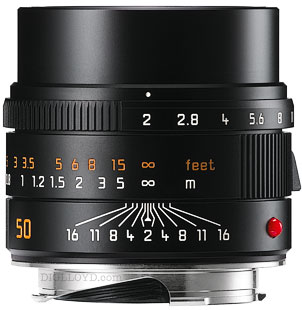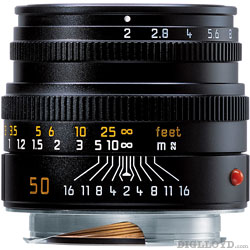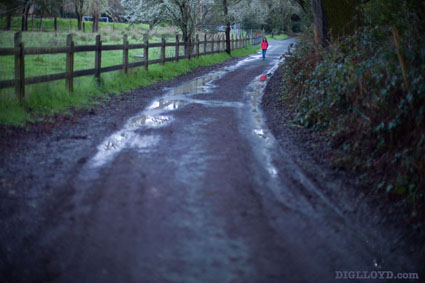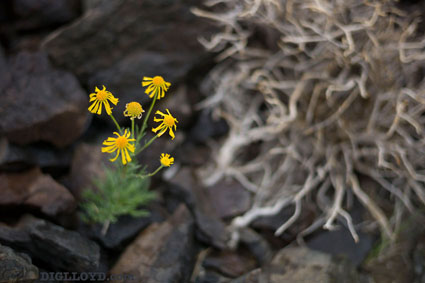Choosing a Leica M 50mm Lens
See near real-time pricing + availability for Leica gear on the Leica gear page.
In Guide to Leica there is review coverage of all four of the Leica 50mm M lenses as well as the Zeiss 50mm f/2 Planar:
- 50mm f/0.95 Noctilux-M ASPH
- 50mm f/1.4 Summilux-M ASPH
- 50mm f/2 APO-Summicron-M ASPH
- 50mm f/2 Summicron-M ASPH
- Zeiss ZM 50mm f/2 Planar
Leica must consider the 50mm focal length rather important, because there are five variants (six if you count the silver version of the 50/1.4 Summilux), and then there is also the Zeiss ZM 50/2 Planar, a high performer and a terrific value.

Leica 50mm f/1.4 Summilux-M ASPH
Leica 50mm f/0.95 Noctilux-M ASPH





Leica 50mm f/1.4 Summilux-M ASPH
Leica 50mm f/2 APO-Summicron-M ASPH
Leica 50mm f/2 Summicron-M
Leica 50mm f/2.5 Summarit-M (NOT SHOWN)
Zeiss ZM 50mm f/2 Planar
(not to scale)
Making a choice means deciding on priorities
If one simply wants the very best technical image quality, there is only one choice: the 50mm f/2 APO-Summicron-M ASPH, which also happens to be the highest performing M lens of the entire line, but if one is going to shoot at f/5.6, these qualities become subtle.
So it’s really about the following, some of which depend on intended usage:
- Technical quality in the f/2 - f/4 range, particularly focus shift and field curvature considerations, which can easily impair actual achieved image quality.
- Distortion, particularly on subjects like architecture, or even horizons.
- Subject separation and blur potential.
- Bokeh (qualitative blur) which includes all sorts of things, including color correction and various aberrations (and field curvature too), particularly off-center.
One must make a clear distinction between the desire for approaching technical excellence and the desire to make images with unusual visual impact (though extreme cases of technical perfection qualify as “unusual”).
And so, comparing 50mm lenses is about a lot more than technical perfection.
The Noctilux is the only lens that can make this style of image in which subject separation even at distance comes to the fore, along with lots of lens “personality” meaning uncorrected aberrations and color problems. Technical mediocrity in truth. Which might be precisely what one is after.

Leica M9 + Leica 50mm f/0.95 Noctilux-M ASPH @ f/0.95
The Summilux offers higher contrast than the Noctilux at f/1.4 as well as quite different field curvature behavior, both of which leave their own fingerprint on the images.

Leica M9 + Leica 50mm f/1.4 Summilux-M ASPH @ f/1.4
The 50/2 APO ASPH eliminates a full stop of blur potential over the Summilux, while adding a nearly flat field and even higher contrast. This restricts the style of images still further over the Summilux and Noctilux. Furthermore, f/2 on each lens will not look at all the same.
How does this all work out? That is one of my goals in taking these lenses out in the field, not so much to evaluate technical merits (rather obvious there), but more to evaluate the potential of each for making images at wider apertures that have a certain style/feel/texture/poise or whatever one cares to call it.



























